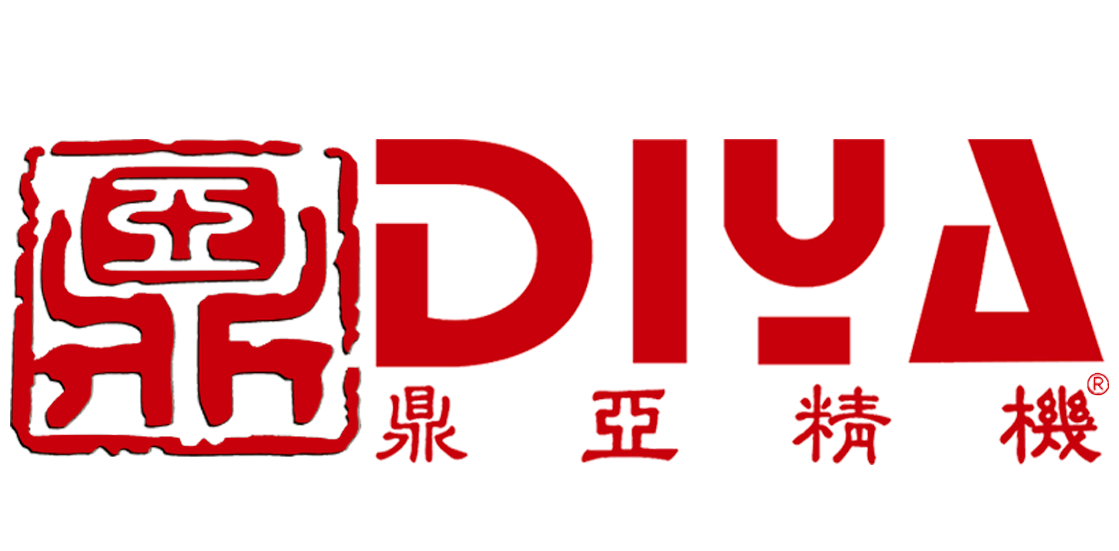In the rapidly evolving field of manufacturing,數(shù)控編程人員扮演著至關(guān)重要的角色。These professionals are responsible for developing and executing intricate programs that control the operation of computer numerical control (CNC) machines. Their expertise ensures that manufacturing processes are efficient, accurate, and costeffective.
To excel in this specialized domain,數(shù)控編程人員 must possess a solid understanding of computeraided design (CAD) and computeraided manufacturing (CAM) software. These tools enable them to create detailed designs and translate them into precise machine instructions. Their proficiency in programming languages such as Gcode and Mcode is essential for achieving the desired output from CNC machines.
One of the key responsibilities of數(shù)控編程人員 is to analyze and interpret design specifications. They meticulously examine blueprints and technical drawings to identify the necessary cutting paths, tool selection, and feed rates. This process requires a keen eye for detail and a thorough understanding of the material properties and manufacturing constraints.
Once the design specifications are analyzed,數(shù)控編程人員 begin the programming phase. They utilize CAD/CAM software to create toolpaths, which dictate the movement of the machine tools. This involves determining the optimal cutting strategy, tool selection, and ensuring proper clearance to prevent tool collisions. The programming process also requires the creation of simulation files to verify the toolpaths and detect any potential issues before the actual manufacturing process begins.
品圖片\T511Z.jpg)
During the programming phase,數(shù)控編程人員 must consider various factors such as material removal rates, tool life, and cycle time. By optimizing these parameters, they can improve the overall efficiency and quality of the manufacturing process. They also need to ensure that the programmed code is compatible with the specific CNC machine and controller being used.
品圖片\4 (2).jpg)
Another crucial aspect of數(shù)控編程 is the ability to troubleshoot and optimize the programmed code.數(shù)控編程人員 must be adept at identifying and resolving errors, such as tool collisions or incorrect toolpaths. This requires a deep understanding of the machine's capabilities and limitations, as well as the ability to analyze error messages and make necessary adjustments.
In addition to programming,數(shù)控編程人員 often collaborate with other manufacturing professionals. They may work closely with engineers, designers, and machinists to ensure that the final product meets the required specifications. Effective communication skills are essential for conveying complex technical information and resolving any issues that arise during the manufacturing process.
The role of數(shù)控編程人員 extends beyond programming and troubleshooting. They must also stay abreast of the latest advancements in the field, as new technologies and software continuously emerge. This requires ongoing education and training to maintain their expertise and ensure that they can leverage the latest tools and techniques.
品圖片\CK6150數(shù)控車床1.jpg)
數(shù)控編程人員 are essential professionals in the manufacturing industry. Their expertise in CAD/CAM software, programming languages, and problemsolving skills enable them to develop and execute intricate programs that drive CNC machines. By optimizing manufacturing processes and ensuring the quality of the final product, these professionals play a critical role in the success of modern manufacturing operations.

發(fā)表評(píng)論
◎歡迎參與討論,請(qǐng)?jiān)谶@里發(fā)表您的看法、交流您的觀點(diǎn)。